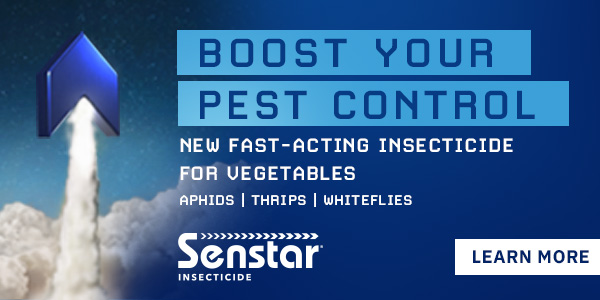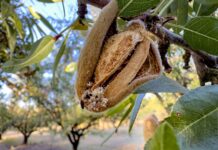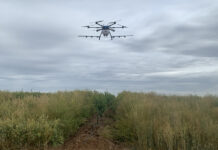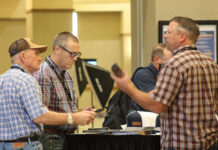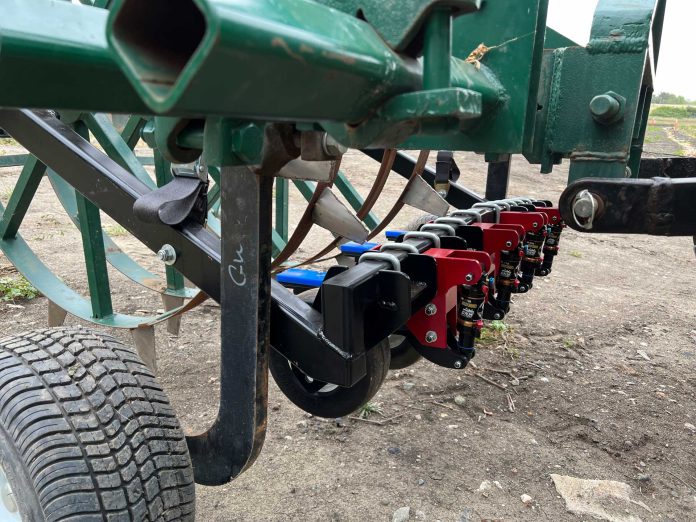
While strawberries are one of California’s high-dollar crops, the labor required to not only harvest, but to perform other cultural tasks comes at a considerable cost. UC figures show that labor costs can be $25,000 to $39,000 per acre. In addition to hand harvest, there is runner cutting, pest monitoring and treatment, and the simple but laborious job of cutting holes in the plastic mulch at planting.
Automation has not yet come for harvest, but technological advances in other areas are promising. Dr. Mojtaba Ahmadi, senior production automation engineer with California Strawberry Commission, said that since 2020, the CSC has started to stimulate third-party companies for development of automated runner cutters and to investigate some of the technical aspects of this. Runner cutting is the second largest labor cost after harvest, Ahmadi said.
The engineering team has developed a deep learning framework to detect and identify runners by using RGB image data as well as exploring different methods to improve data collection. Ahmadi said the CSC has also collaborated with the Massachusetts-based Strio AI, a robotics startup, to develop an automated runner cutter.
This effort was successful in building a robotic platform that was able to maneuver in strawberry fields and, with use of a robotic arm, fusion RGB and depth data, successfully performed runner cutting.
Obstacles to the use of robotic runner cutting, such as cost, complexity of the electronics and maintenance difficulties ,have yet to be overcome, Ahmadi said.
Lygus monitoring and treatment is another focus of CSC technology efforts. Ahmadi said work is continuing on machine vision technologies in combination with vacuum technology. The aim is to determine how effective the vacuuming operation is in removal of lygus.
“We know speed matters, both tractor speed and vacuum air speed as well as height of the vacuum from canopy level,” Ahmadi said. Monitoring these can help the tractor driver know if the settings are accomplishing the job.
Plastic mulch hole cutters are typically driven through fields just prior to planting. Ahmadi said that the hole punchers leave narrow openings in the plastic that may prevent adequate water and sunlight from reaching plants. The production team developed a tool that can be attached to the current hole punchers to widen the holes without deforming the planting hole in the soil. Grower testing has proved this modification can be applied in commercial strawberry production.












